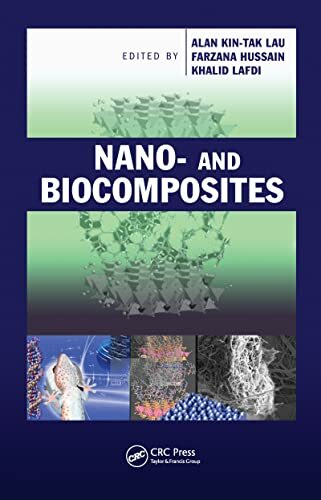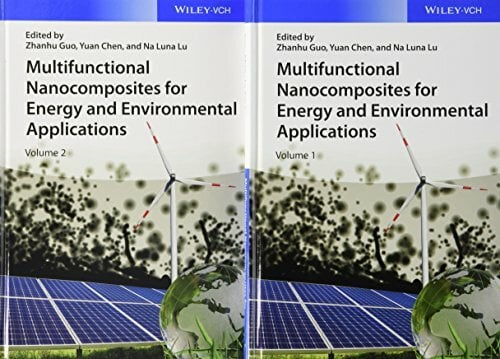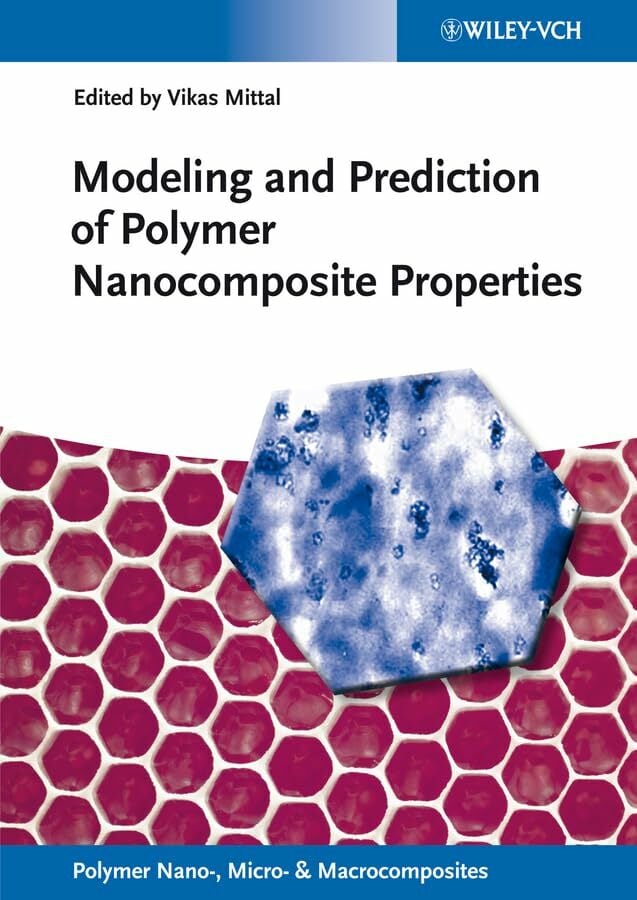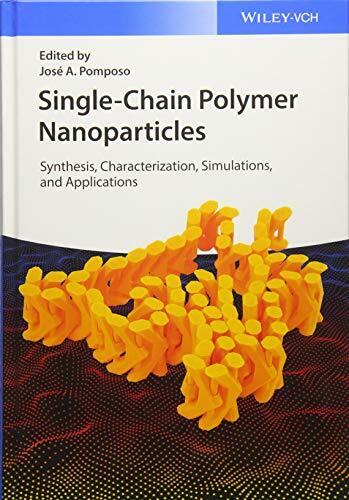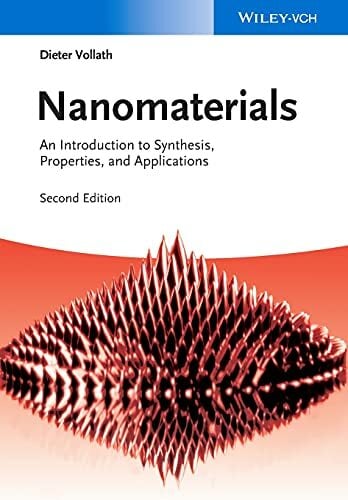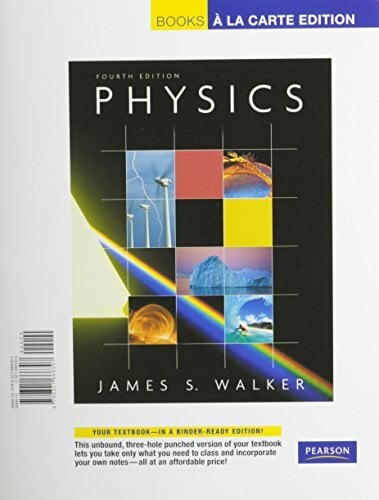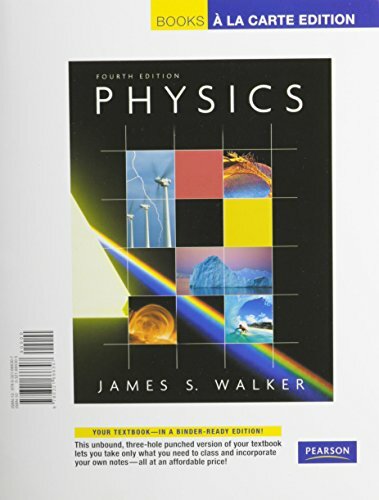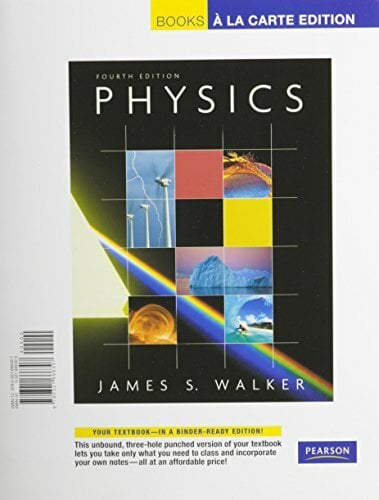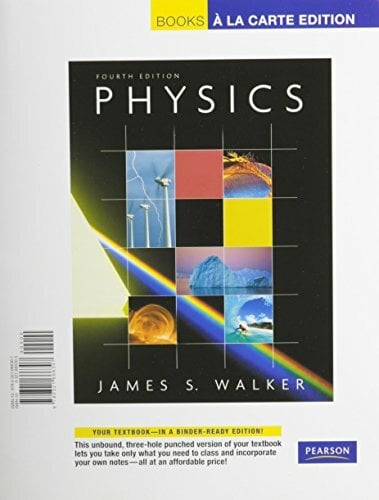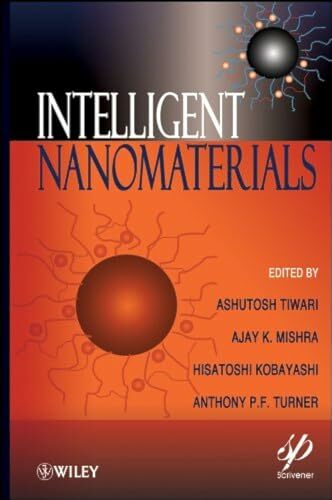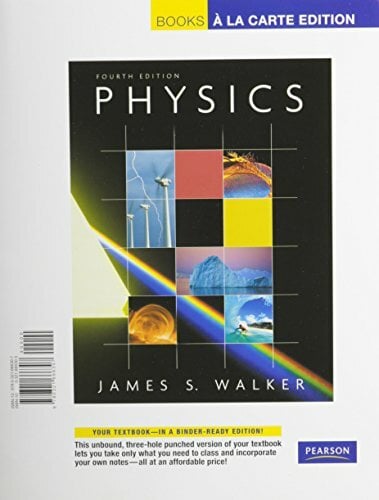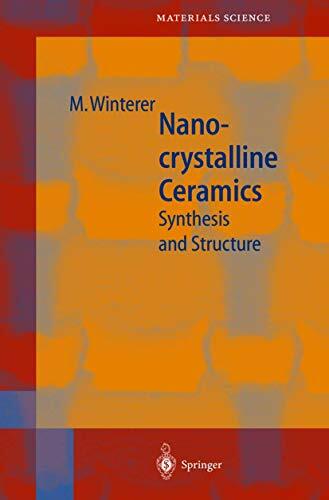
New Frontiers of Nanoparticles and Nanocomposite Materials
Kurzinformation
inkl. MwSt. Versandinformationen
Artikel zZt. nicht lieferbar
Artikel zZt. nicht lieferbar

Beschreibung
The development of nanomaterials opens the possibility for new materials with outstanding properties compared to classical engineering materials. These materials can find applications in different fields such as medical treatment or structural mechanics.This monograph focuses on two major groups of nanomaterials, i.e.nanoparticels and nanocomposites. Nanopartices, for example in the form of hollow particles, allow for new possibilities in drug delivery. Different aspects of nanoparticles ranging from manufacturing to modeling and simulation are covered. Nanocomposite materials are formed by mixing two or more dissimilar materials at the nanoscale in order to control and develop new and improved structures and properties. The properties of nanocomposites depend not only on the individual components used but also on the morphology and the interfacial characteristics. Nanocomposite coatings and materials are one of the most exciting and fastest growing areas of research and novel properties being continuously developed which are previously unknown in the constituent materials. Thus, the second part of this monograph gives an overview on the latest developments in the area of composites and coatings based on nanomaterials. von Öchsner, Andreas und Shokuhfar, Ali
Produktdetails

So garantieren wir Dir zu jeder Zeit Premiumqualität.
Über den Autor
The development of nanomaterials opens the possibility for new materials with outstanding properties compared to classical engineering materials. These materials can find applications in different fields such as medical treatment or structural mechanics. This monograph focuses on two major groups of nanomaterials, i.e. nanoparticels and nanocomposites. Nanopartices, for example in the form of hollow particles, allow for new possibilities in drug delivery. Different aspects of nanoparticles ranging from manufacturing to modeling and simulation are covered. Nanocomposite materials are formed by mixing two or more dissimilar materials at the nanoscale in order to control and develop new and improved structures and properties. The properties of nanocomposites depend not only on the individual components used but also on the morphology and the interfacial characteristics. Nanocomposite coatings and materials are one of the most exciting and fastest growing areas of research and novel properties being continuously developed which are previously unknown in the constituent materials. Thus, the second part of this monograph gives an overview on the latest developments in the area of composites and coatings based on nanomaterials.
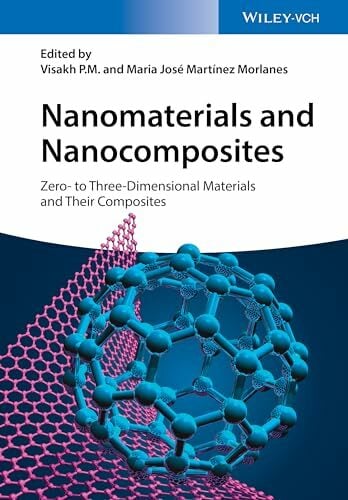
- hardcover
- 456 Seiten
- Erschienen 2016
- Wiley-VCH
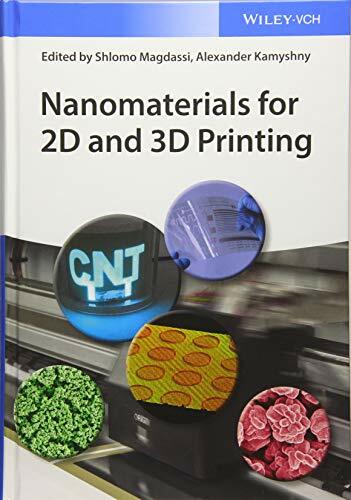
- Gebunden
- 376 Seiten
- Erschienen 2017
- Wiley-VCH

- Gebunden
- 330 Seiten
- Erschienen 2022
- Wiley-VCH
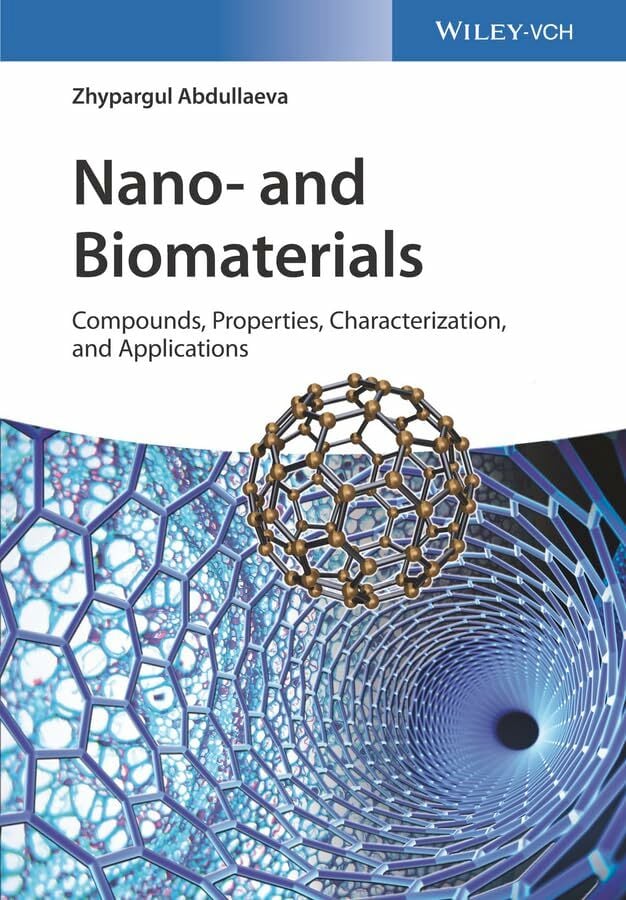
- Gebunden
- 288 Seiten
- Erschienen 2017
- Wiley-VCH

- Gebunden
- 294 Seiten
- Erschienen 2021
- Wiley-VCH

- Gebunden
- 742 Seiten
- Erschienen 2017
- Wiley-VCH

- hardcover
- 696 Seiten
- Erschienen 2001
- CRC Press

- Gebunden
- 332 Seiten
- Erschienen 2011
- Wiley-VCH

- Gebunden
- 663 Seiten
- Erschienen 2007
- Wiley-VCH
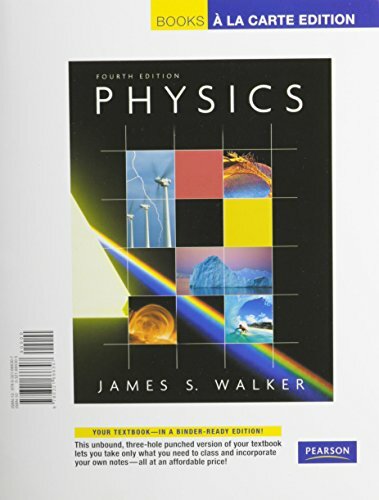
- Gebunden
- 496 Seiten
- Erschienen 2013
- Wiley-VCH
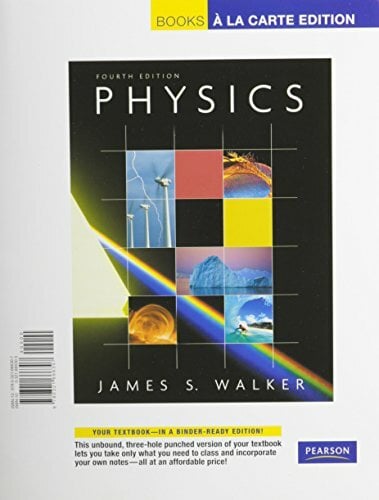
- Gebunden
- 1088 Seiten
- Erschienen 2012
- Wiley-VCH

- Gebunden
- 420 Seiten
- Erschienen 2005
- Wiley-VCH

- Gebunden
- 234 Seiten
- Erschienen 2018
- Wiley-VCH
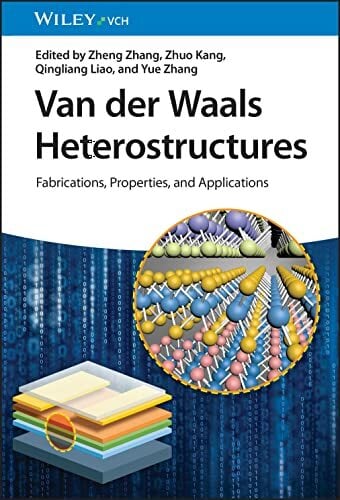
- Gebunden
- 323 Seiten
- Erschienen 2023
- Wiley-VCH
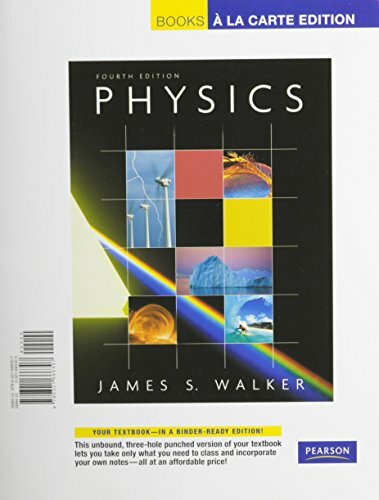
- Gebunden
- 872 Seiten
- Erschienen 2012
- Wiley-VCH







